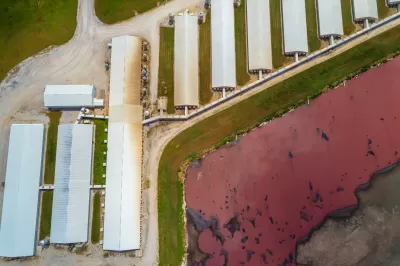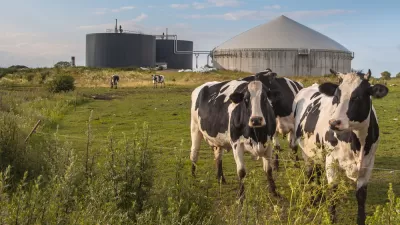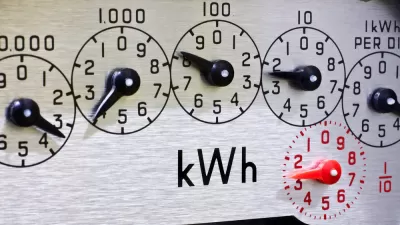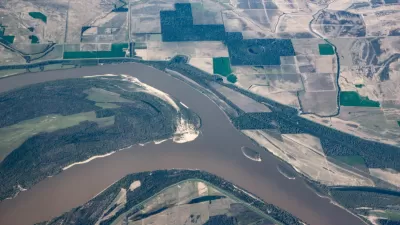A recent court decision has granted Michigan regulators full authority to hold animal agriculture accountable for manure runoff into waterways.

A recent Michigan Supreme Court ruling has granted the state’s Department of Environment, Great Lakes, and Energy full authority to require industrial animal agriculture to take stronger action to address manure runoff into waterways, according to an article in Great Lakes Now. The decision could have major implications for water quality in the state, which has close to 300 concentrated feeding operations, or CAFOs. Each year, these CAFOs produce most of the 4 billion gallons of untreated urine and feces generated by cows, hogs, chickens and turkeys across the state, reports Keith Schneider.
Discharge from CAFOs, which contains toxic levels of nitrates, phosphorous, and E.coli bacteria, leach into surface and groundwater across Michigan and contribute to the phosphorus pollution that causes toxic algal bloom in Lake Erie. Until now, the agricultural industry, including the Michigan Farm Bureau, has pushed back against stronger regulations, which they say will make it harder for farmers to do business in the state. EGLE has not yet made decisions on next steps, but Great Lakes Now reports it can now take a range of actions. For example, it might require CAFOs to treat manure in wastewater facilities before it’s spread on fields or install sensing and monitoring networks to detect leaks in manure storage takes and lagoons. “And the agency could also require animal agriculture to meet state limits for phosphorus, bacteria, and other pollutants in state waters’ and could limit the number of animals housed in a CAFO,” Schneider writes.
Regardless of next steps, it’s a big win for environmental advocates.
FULL STORY: U.S. Movement to Limit CAFO Pollution Emboldened by Michigan Court Ruling

Trump Administration Could Effectively End Housing Voucher Program
Federal officials are eyeing major cuts to the Section 8 program that helps millions of low-income households pay rent.

Planetizen Federal Action Tracker
A weekly monitor of how Trump’s orders and actions are impacting planners and planning in America.

Ken Jennings Launches Transit Web Series
The Jeopardy champ wants you to ride public transit.

Rebuilding Smarter: How LA County Is Guiding Fire-Ravaged Communities Toward Resilience
Los Angeles County is leading a coordinated effort to help fire-impacted communities rebuild with resilience by providing recovery resources, promoting fire-wise design, and aligning reconstruction with broader sustainability and climate goals.

When Borders Blur: Regional Collaboration in Action
As regional challenges outgrow city boundaries, “When Borders Blur” explores how cross-jurisdictional collaboration can drive smarter, more resilient urban planning, sharing real-world lessons from thriving partnerships across North America.

Philadelphia Is Expanding its Network of Roundabouts
Roundabouts are widely shown to decrease traffic speed, reduce congestion, and improve efficiency.
Urban Design for Planners 1: Software Tools
This six-course series explores essential urban design concepts using open source software and equips planners with the tools they need to participate fully in the urban design process.
Planning for Universal Design
Learn the tools for implementing Universal Design in planning regulations.
Ada County Highway District
Clanton & Associates, Inc.
Jessamine County Fiscal Court
Institute for Housing and Urban Development Studies (IHS)
City of Grandview
Harvard GSD Executive Education
Toledo-Lucas County Plan Commissions
Salt Lake City
NYU Wagner Graduate School of Public Service





























